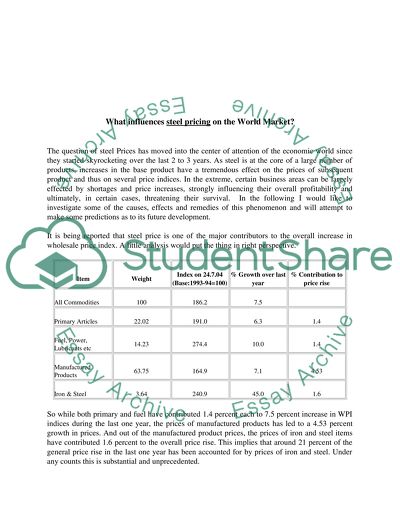Cite this document
(What Influences the Steel Prices on the World Market Case Study, n.d.)
What Influences the Steel Prices on the World Market Case Study. Retrieved from https://studentshare.org/macro-microeconomics/1513228-steel-prices-on-the-world-market
What Influences the Steel Prices on the World Market Case Study. Retrieved from https://studentshare.org/macro-microeconomics/1513228-steel-prices-on-the-world-market
(What Influences the Steel Prices on the World Market Case Study)
What Influences the Steel Prices on the World Market Case Study. https://studentshare.org/macro-microeconomics/1513228-steel-prices-on-the-world-market.
What Influences the Steel Prices on the World Market Case Study. https://studentshare.org/macro-microeconomics/1513228-steel-prices-on-the-world-market.
“What Influences the Steel Prices on the World Market Case Study”, n.d. https://studentshare.org/macro-microeconomics/1513228-steel-prices-on-the-world-market.


